Over the past two years, high and rising construction costs have grown as a major problem for builders in the commercial real estate industry. Compared to April 2020, bid prices on new nonresidential construction are up 23% and key materials like steel mill products have spiked 124% and lumber has spiked 61%, according to the Associated General Contractors of America. In factor, in the Association’s annual survey, material costs were the top concern of 86% of contractors, with availability of materials & supply chain disruptions following at second for 77% of the respondents.
Right now, some retail projects are considered out of reach and are being put on hold in the current state of the market. Trademark CEO Terry Montesi told the ICSC that he had heard of a national retailer that had seen its costs rise from around half a million a store to over $700k, leading them to put their national expansion on hold to figure out whether it can resign store to lower costs. “The same thing is going to happen on ground-up retail projects,” said Montesi. “The high construction costs likely will translate to existing retail space that becomes more valuable due to occupancy and rent pressure,” he added.
Increased Difficulties for Retail
Adding to the challenge of high construction costs and severe supply chain disruptions, Retail is having more difficulties given that it has not experienced the same accelerated rent growth that other sectors, particularly multifamily and industrial, have experienced.
“You really have to get creative in understanding what the options are,” said Grant Gary, President of brokerage services and a principal at The Woodmont Co. According to the ICSC, there are several public-private solutions that can be helpful for struggling retailers such as tax increment financing and tax rebate agreements, upfront grants, waivers on fees, or in certain cases, the local government taking some form of ownership in a project. It all just depends on the given projects and what their needs are.
Uncontrolled Growth and Volatility
“Construction costs have been as volatile as I’ve ever seen them in my 40 years in the market,” Michael C. Taylor of Pompano Beach-based current Builders told the South Florida Business Journal. “From August of last year, we are seeing 20% to 25% increases. We don’t have any line items not increasing.” Before the rising prices, Taylor would tell developers his prices were good for about 6 months, but now he can only guarantee prices for one to two months at a time.
Many believe that a potential recession or slower economic growth could slow demand and help alleviate some of these issues being seen in the construction and development industry. However, most do not expect any significant changes until 2023 and will still remain cautious with cost forecasting and scheduling for new projects as right now, the backlog continues to mount up.
Postponing & Abandoning Condo Developments
This is incredibly detrimental to major Condo projects as the prices of presold condominiums are locked in before construction beings and high-rises can take two to three years to finish building.
“Stay tuned because some of these projects may not get built because of the construction costs,” Craig Studnicky, CEO of Miami-based brokerage ISG World, told the South Florida Business Journal. “Some might get postponed, and some might fall by the wayside because of inflation, particularly the cost of labor in South Florida. No developer will build a building to lose money.”
Overall, it is clear that the construction industry is still facing major issues as a result of living in a post-Covid world and does not appear to be letting up anytime soon. Only time will tell if this is the new normal.


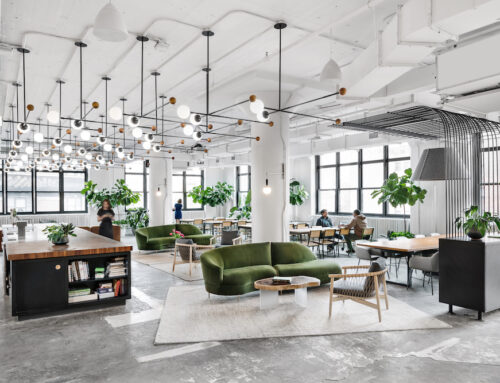
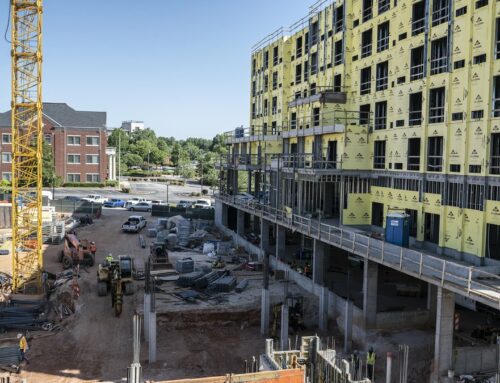
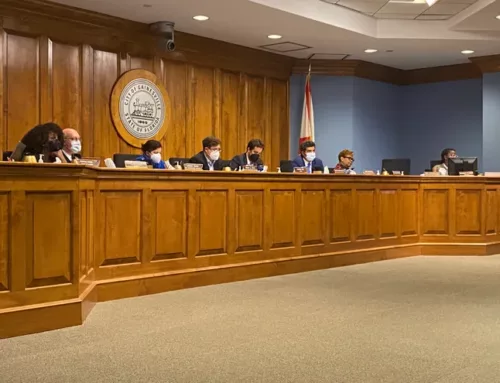
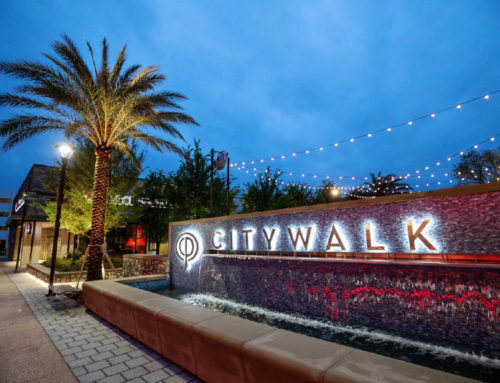
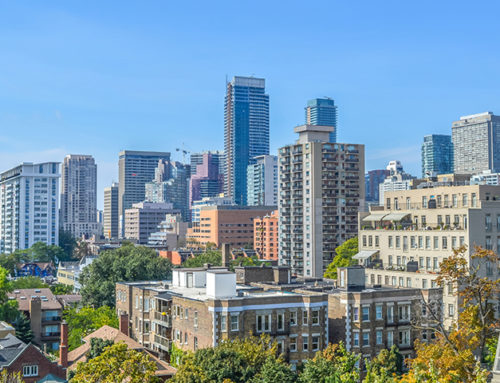
Leave A Comment